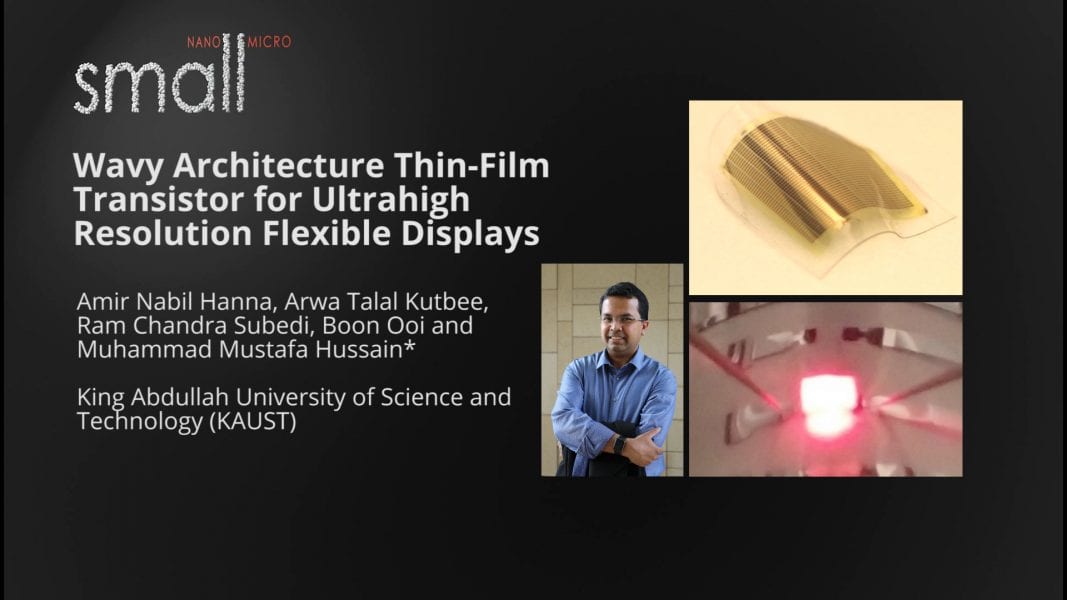Scientists pioneer mixed-valence molecules in quantum-dot automata for faster, room-temperature operation, overcoming transistor limits.


Scientists pioneer mixed-valence molecules in quantum-dot automata for faster, room-temperature operation, overcoming transistor limits.

The power demands of the Internet of Things could be combated with computing systems that mimic biological neurons.

Researchers demonstrate the controlled growth of artificial synapses, paving the way for computers that can grow, evolve, and adapt like the human brain.

Bridging the gap between biology and electronics, researchers develop biocompatible materials for next generation biosensors, cell monitoring, neuromorphic computing, and more.

Reseachers from ICMAB present their aqueous electrolyte-gated organic transistors.

Chinese scientists developed ultrasensitive organic phototransistors suitable for applications in flexible and wearable optoelectronic devices.

A team at KIT has reached a new limit for electronics, with a quasi-solid-state transistor that functions via the switching action of a single atom.
![High-Performance n-Type Thin-Film Transistors [Video]](https://www.advancedsciencenews.com/wp-content/uploads/2018/03/adma201707164_ASN_image.png)
Dr. Yang Wang, Prof. Tsuyoshi Michinobu, and colleagues from Tokyo Institute of Technology report a novel synthesis for high-molecular-weight n-type semiconducting copolymers with high electron mobilities in unipolar n-channel organic transistors.

Researchers from the King Abdullah University of Science and Technology, Saudi Arabia, have developed a wavy architecture for thin-film transistors using amorphous oxide zinc oxide (ZnO) as the active channel material. The device achieves both high resolution and fast frame rate display technology.

Dr. Marta Mas-Torrent and her team are developing high-performance electrolyte-gated field-effect transistors (EGOFETs), electronic devices capable of working in an aqueous environment.